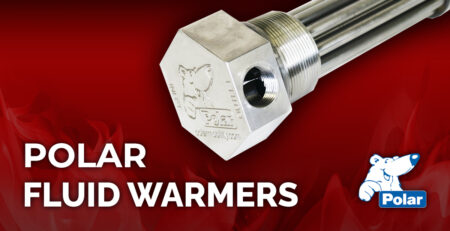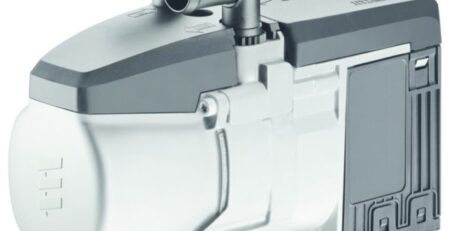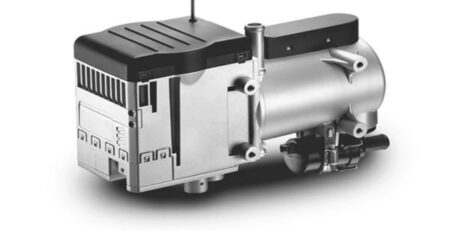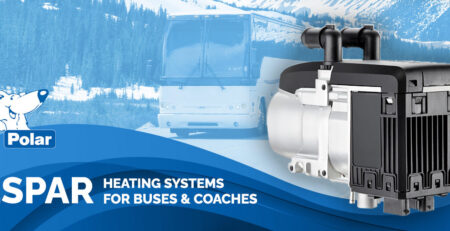Maximizing Cold Chain Efficiency: Best practices for Refrigeration Transportation
Efficient cold chain management is necessary for transporting perishable goods. All kinds of goods, from food and pharmaceuticals to flowers and chemicals, require consistent temperature control throughout their journey.
A well-maintained cold chain prevents spoilage, reduces waste, and ensures quality upon delivery. Here’s how to maximize cold chain efficiency to keep perishable items in optimal condition.
Pre-Cool Cargo and Transport Units
Ensuring that the cargo and transport units are pre-cooled to the required temperature is a critical first step in maintaining the integrity of temperature-sensitive goods. Before loading, the transport unit and the cargo should be brought to the appropriate temperature to prevent temperature spikes caused by warm goods.
Pre-cooled products must remain in temperature-controlled storage facilities during loading to maintain their optimal condition. External temperatures can also influence pre-cooled goods, especially during warm months, so expediting the loading process is essential to prevent fluctuations.
Organize and Load with Airflow in Mind
Maintaining proper airflow within the transport unit is essential for consistent temperature control. Cargo should be arranged to allow free circulation of air, ensuring that cold air can move evenly throughout the space. Overpacking or placing items too close to the walls or vents can obstruct airflow and lead to uneven cooling.
Strategic loading by putting heavier items at the bottom and more sensitive products positioned for optimal airflow helps maintain uniform temperatures. Properly securing the load is equally important to prevent shifting, disrupting airflow and impacting temperature consistency.
Set the Right Temperature and Monitor Consistently
The transport unit must be set to the correct temperature based on the specific requirements of the cargo. Different goods have varying temperature needs, and precision is key to maintaining quality.
Real-time monitoring systems are invaluable for tracking temperature fluctuations during transit, providing immediate alerts for any deviations. In cases where real-time monitoring isn’t available, periodic checks should be done to ensure the system maintains the desired conditions.
Minimize Door Openings
Every time the transport unit’s door is opened, it compromises the internal temperature, increasing the risk of spoilage. Strategic planning of delivery routes can reduce the frequency of door openings, with drop-offs organized to minimize disruptions.
Installing thermal curtains or dividers inside the unit can also help retain cold air during unavoidable openings. Restricting access to the transport unit ensures that the doors remain closed as much as possible, maintaining a stable internal environment.
Conduct Routine Maintenance and Inspections
Regular maintenance of refrigeration units is essential to ensure reliable performance. Routine inspections should cover critical components like compressors, belts, and fans, identifying potential issues before they lead to failures.
Refrigerant levels must also be checked frequently, as leaks compromise cooling efficiency. Keeping essential spare parts on hand allows quick repairs during transit, reducing the risk of extended downtime.
Train Staff on Cold Chain Best Practices
Well-trained staff are fundamental to ensuring the success of cold chain logistics. Employees should be taught proper handling techniques, such as efficient loading and minimizing door openings.
Training should also cover the use of temperature monitoring systems and the interpretation of data to identify and address potential issues promptly. Maintaining thorough documentation of temperature logs, maintenance records, and incidents helps improve processes and ensures compliance with quality standards.
Transport Refrigeration Solutions from Polar Mobility
Cold chain efficiency is crucial for the safe transport of perishable goods. You can create a reliable cold chain by pre-cooling units, organizing cargo effectively, monitoring temperatures, and adhering to maintenance schedules. Consistency in these practices safeguards your cargo and strengthens your reputation for reliable, high-quality deliveries.
Make sure your perishable goods reach their destination in perfect condition with Polar Mobility’s transport refrigeration solutions. Whether you’re delivering fresh produce, vital medical supplies, or meals to remote camps, our advanced refrigeration units are built to deliver and maintain consistent cooling.













